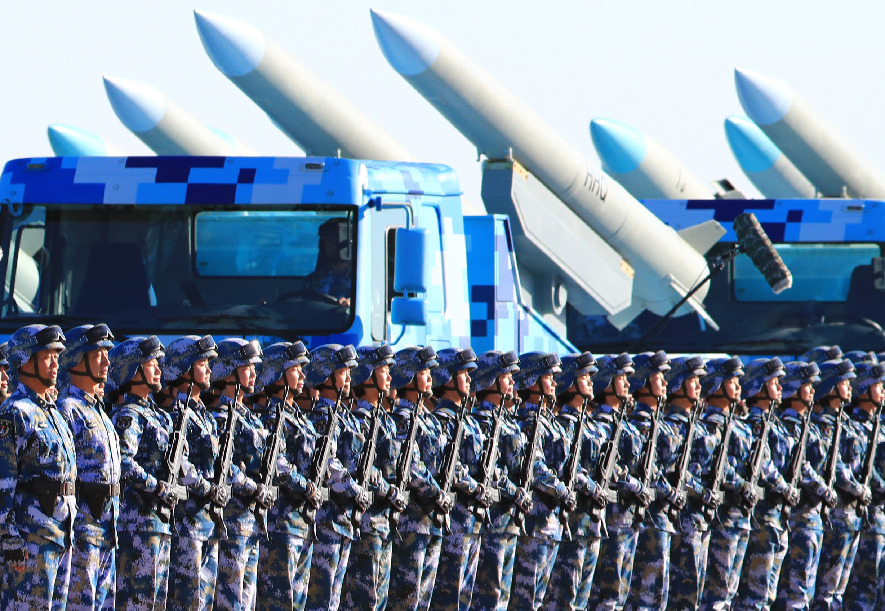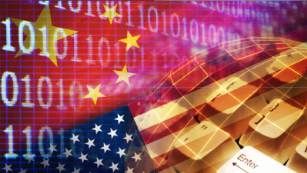BY MONICA NICKELSBURG
Microsoft is not taking the same financial beating as many of its peers due to the pandemic. Revenue jumped 15% in the first quarter of 2020, Microsoft Teams users increased by more than 70% in April, and the company’s stock price is up 14% this year.
But financials aren’t everything to Microsoft CEO Satya Nadella. He is still concerned about the changes to work that the coronavirus crisis is forcing. Nadella spoke with the staff of the New York Times this week about the challenges he’s navigating as Microsoft’s leader.
“What I miss is when you walk into a physical meeting, you are talking to the person that is next to you, you’re able to connect with them for the two minutes before and after,” he said.
Nadella warned about the consequences of embracing telecommuting permanently:
“What does burnout look like? What does mental health look like? What does that connectivity and the community building look like? One of the things I feel is, hey, maybe we are burning some of the social capital we built up in this phase where we are all working remote. What’s the measure for that?”
















/cloudfront-us-east-1.images.arcpublishing.com/mco/B7RXS6VUFJFKZNET25L5RWJPFI.jpg)



